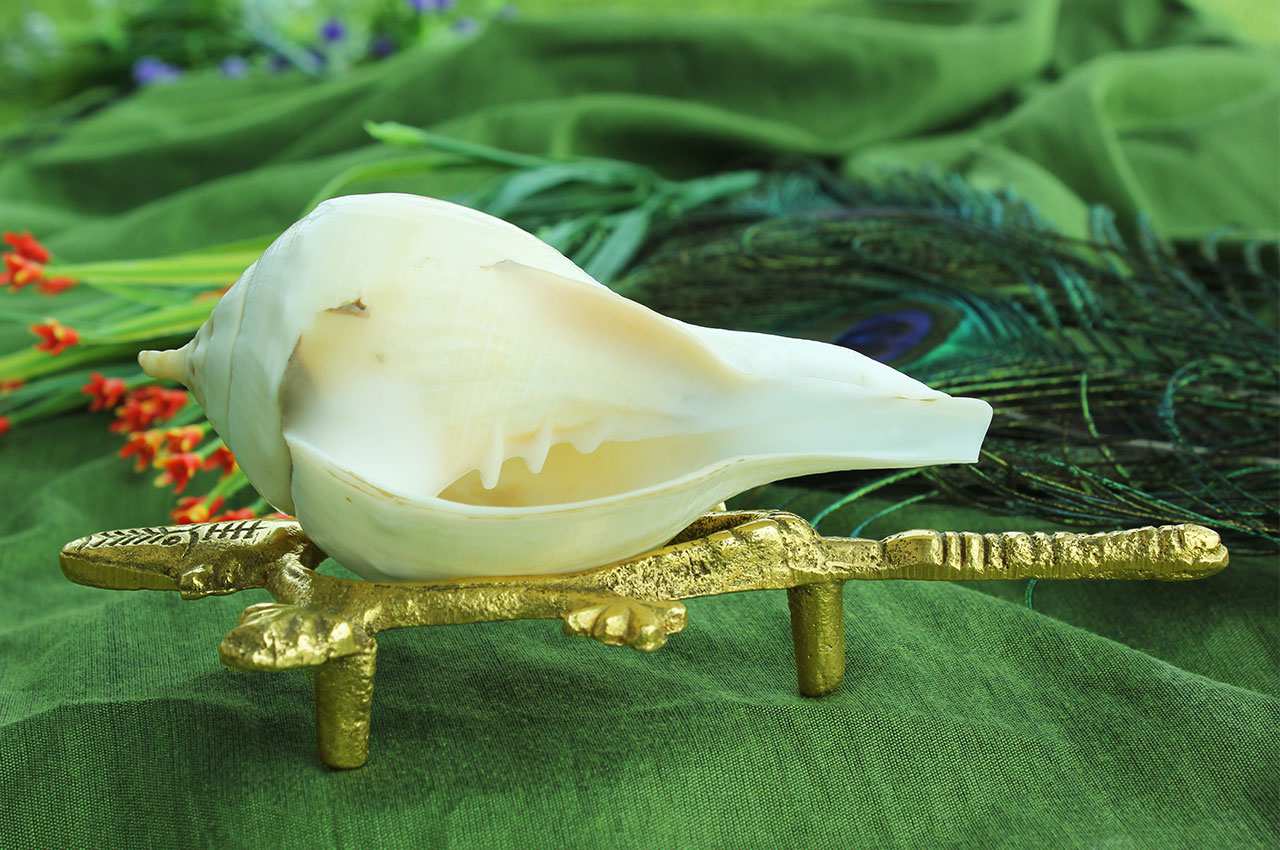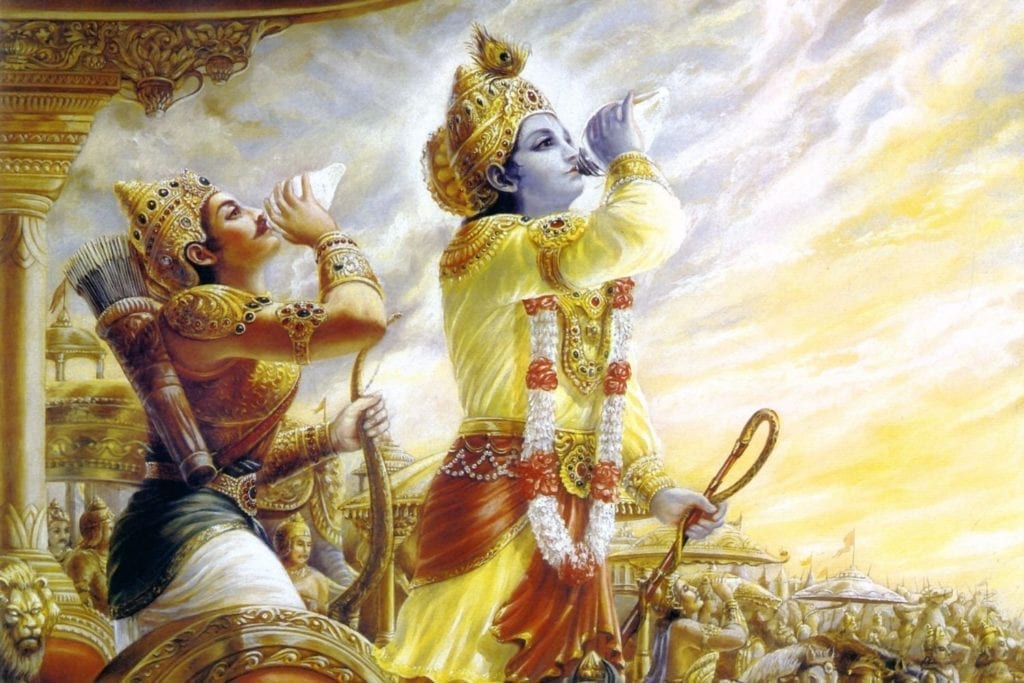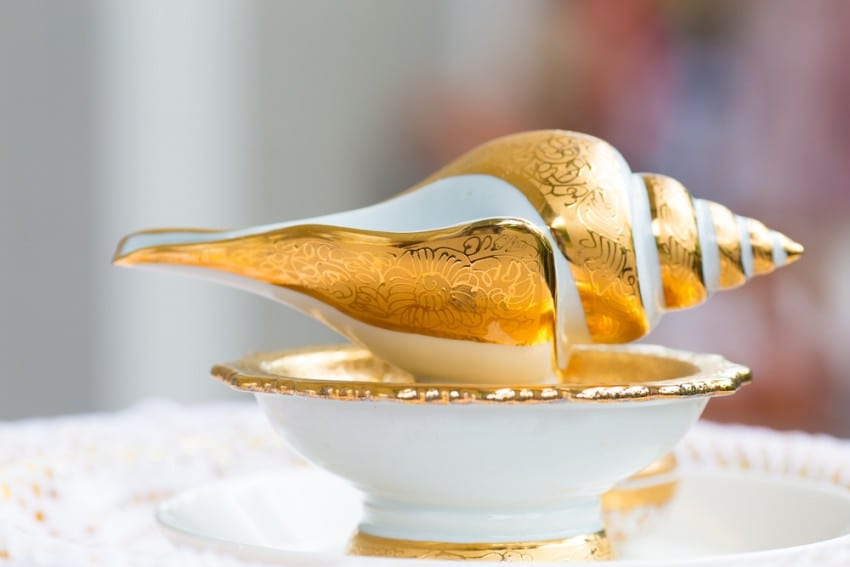Mythology
Essence of Shankh or Conch in Hinduism…

Scientifically, conch is nothing but a shell of a tropical marine mollusk or large snail. However, in Vedic culture, a conch or Shankh holds a significant value. In Hinduism, the Shankh is considered as Lord Vishnu’s emblem and believed that Shanknaad or the vibrations that occur on blowing through the Shankh exterminate negative energy.
In Hindu mythology, it is mentioned that Lord Vishnu, in many of his avatars, blows through the Shankh or conch to destroy the negative power around the world. Therefore, the Shankh is considered to be Lord Vishnu’s sacred symbol and holds the highest significance in both Hinduism and Buddhism.

Shankh is considered to be Lord Vishnu’s sacred symbol and holds the highest significance in both Hinduism and Buddhism.
As per Vedic scriptures, there are two types of Shankh; one for blowing sound and another for worshiping purpose. It is also believed that one who blows into the Shankh regularly is protected against heart disease.
A Shankh, when kept at home, must be worshiped diligently by the family members and must be blown into at least twice a day in the morning and evening. Here are some Vastu tips that one must take care of while bringing home a Shankh.
- If you are keen to bring Shankh to your home, then bring at least two and they must be kept in separate rooms.
- The Shankh, used for blowing purposes must not be offered water or rituals or any of the religious chants or mantras. It must be placed on a yellow cloth.
- The Shankh, used for worshiping purposes must be cleansed with milk or Gangajal or Panchaamrit and be draped in sacred white cloth.

Shankh or Conch
- The Shankh for worshipping purpose must be placed above or at a high place of the one being used for blowing purpose.
- The two Shankhs should not be used for similar purposes (either blowing or worshiping) in the same puja room or temple at home.
- The Shankh must not be placed above the Shivling or should never touch the Shiv Pindi during any religious ritual.
- The Shankh must not be used for offering water to either Lord Shiva or Lord Sun.





























